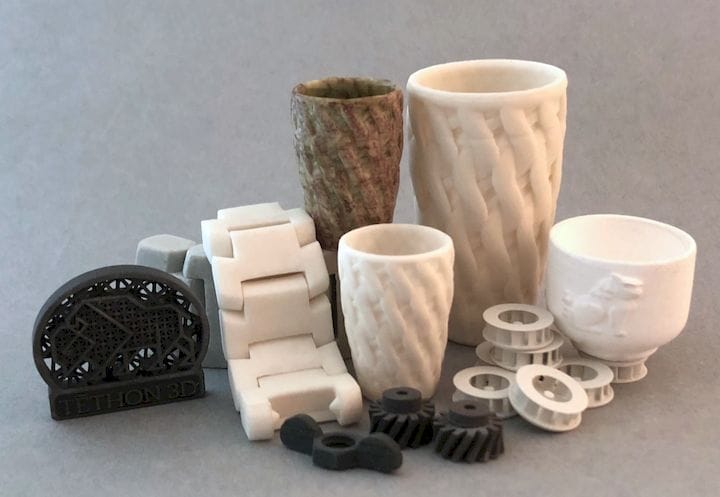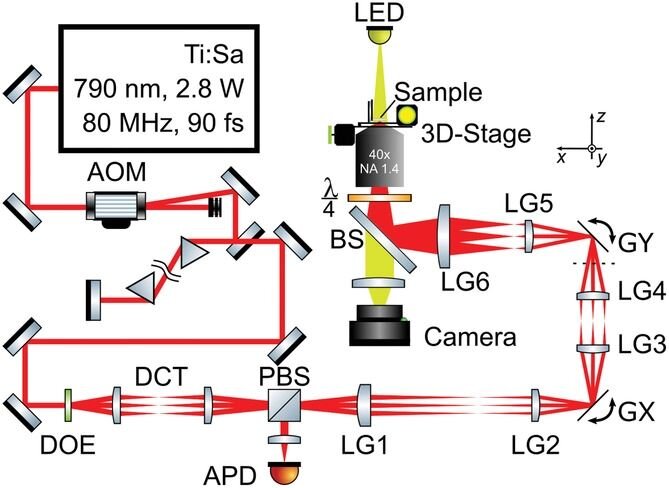![Several new high-load resins will be available from Tethon 3D [Source: Tethon 3D]](https://fabbaloo.com/wp-content/uploads/2020/05/image-asset_img_5eb0a31c96903.jpg)
Tethon 3D announced a series of much more powerful resins for SLA 3D printing.
The Omaha-based company has been producing very interesting resins used in third-party-material-enabled desktop 3D printers for several years. Their claim to fame is a number of ceramic and porcelain resins that have proven quite popular.
However, resin prints from all vendors tend to be less strong than prints made from certain other 3D printing processes. Thus it is of interest that Tethon 3D has announced “tougher” resins. Tethon 3D CEO Karen Linder explains:
“Co-development of our 3D printer and resin materials has optimized both aspects of the additive manufacturing process to produce the strongest ceramic objects with the highest density and least amount of shrinkage. Our current customers have been seeking a desktop printer for ceramics and metals and we believe by offering the Bison printer and companion resins, we will open new markets and expand the use of ceramic and metal additive manufacturing.”
![A flexible 3D print made on a resin 3D printer [Source: Tethon 3D]](https://fabbaloo.com/wp-content/uploads/2020/05/image-asset_img_5eb0a31cf4061.jpg)
This is terrific – but wait – these resins are only available for the company’s proposed new 3D printer, the Bison 1000. We asked the company if they would consider selling the new materials to those with other equipment, and spokesperson Trent Allen said:
“The new resins are formulated to be compatible with the Bison 1000. We do not intend to sell them for third party printers in the future, as they likely will not print successfully on other hardware platforms.”
![A translucent 3D print made on a resin machine [Source: Tethon 3D]](https://fabbaloo.com/wp-content/uploads/2020/05/image-asset_img_5eb0a31d4f8db.jpg)
This is likely because in order to achieve the best possible output, you must very precisely tune the printing parameters. Evidently obtaining the stated strength of the new materials is very dependent, and thus they’ve taken the step of restricting its use to a machine who’s physical characteristics they know very well.
Of course, someone could order the materials independently and attempt to use them on an open materials SLA 3D printer, but more than likely the optimum print parameters for that machine would not be known and thus the best quality prints could not be made.
Nevertheless, Tethon 3D is on to something here: the new materials include high-load versions of the company’s popular Porcelite, Castalite, Vitrolite and Ferrolite resins.
If you want to 3D print these materials, you’ll have to reserve one of their upcoming Bison 1000 3D printers, which you can do at no charge, and can withdraw from, as it is “non binding”. However, Tethon 3D has provided almost no information about the proposed machine, including its specifications and price.
We’re hoping to get a close look at samples of these materials at formnext in a few days. Tethon 3D will be exhibiting in Hall 3.1, booth B30D.
Via Tethon 3D











A research thesis details the incredibly complex world of volumetric 3D printing. We review the highlights.